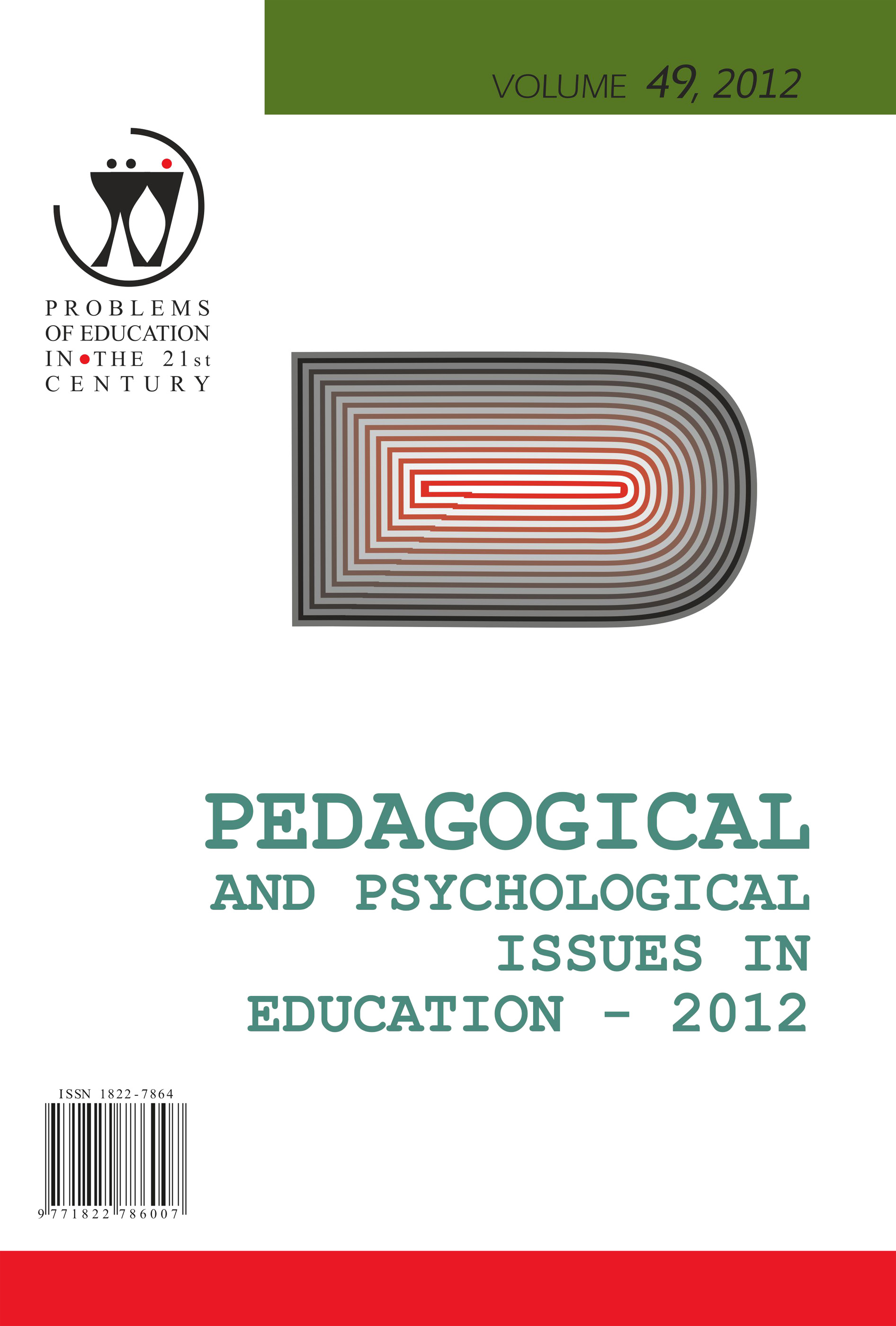СOMPUTER VIZUALIZATION IN MATHEMATICS EDUCATION AS A PRACTICAL EDUCATIONAL TASK
СOMPUTER VIZUALIZATION IN MATHEMATICS EDUCATION AS A PRACTICAL EDUCATIONAL TASK
Author(s): Sergey Sergeev, Maria Anatolyevna UrbanSubject(s): Education, School education, Pedagogy
Published by: Scientia Socialis, UAB
Keywords: computer technologies; mathematics education; visualization;
Summary/Abstract: The appearance of up-to-date computer technologies extended the application of visualization in mathematics itself as well as in mathematics education drastically. In a number of recent studies the problem of design of technological tools, capable of fostering the students’ mathematical thinking has been discussed hotly. Taking into consideration the primary importance of dynamic visualization (DV) in educational multimedia it is necessary to state that the creation of didactically efficient DV becomes an independent and the urgent educational task.Methodically grounded realization of dynamic connection between representations of mathematical objects, design of auxiliary visual elements and effects, as well as highlighting of significant objects and relations are prerequisites of potential DV efficacy. While interacting with DV a student can realize how a certain mathematical construction is “built”, detect essential connections between its elements, and in the long term comprehend the underlying mathematical ideas and concepts. The key advantage of DV in comparison with static vizualization is in the fact that DV gives the opportunity to have a good look at a genesis of a new mathematical object in its dynamics, and to explore the connections between graphical representations without necessity to perform labor-consuming calculations, which gives the possibility to concentrate students’ attention on conceptual aspects of a studied mathematical objects.In teaching DV can be used both as an additional tutorial visualizing some elements of knowledge and as a dominant one influencing significantly all the other components of a methodological system. The latter can include for example software “analogue” of the physically existing artefact – positional abacus. In any case the teacher acquires the opportunity to create new in their essence, often nontrivial didactical tasks with DV employment.
Journal: Problems of Education in the 21st Century
- Issue Year: 49/2012
- Issue No: 1
- Page Range: 95-103
- Page Count: 9
- Language: Russian

